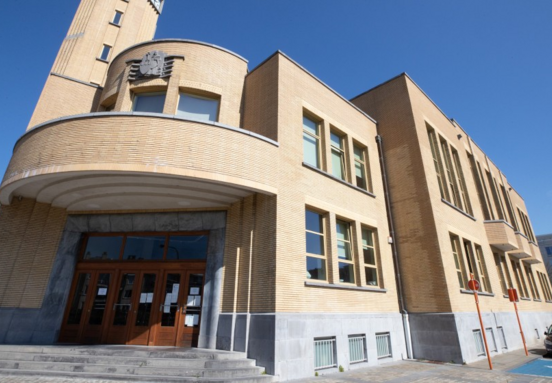The evolving Belgian logistics landscape
Hoyu Europe Logistics, a subsidiary of the powerful Chinese group Hongyuan, which specialized in air freight processing, was declared bankrupt on November 4th. Founded in 2018, the company rapidly established itself, operating initially from Liège Airport before relocating its headquarters to Machelen and then Brussels in 2024. At its peak, Hoyu Europe Logistics employed 26 people, reflecting a period of significant growth.
However, 2024 saw a substantial decline in activity, leading to its eventual closure. This case underscores the fast-paced and sometimes unpredictable nature of the logistics industry, highlighting the importance of adaptability and foresight for businesses operating within it.
Strategic location: a critical success factor
The operational journey of Hoyu Europe Logistics, from Liège Airport to Machelen, and then Brussels for its headquarters, illustrates the dynamic requirements for logistics real estate. For businesses seeking office or warehouse space, this trajectory emphasizes the need to consider locations that offer optimal connectivity to key transportation hubs, efficient distribution networks, and access to a skilled workforce.
Strategic proximity to major airports like Liège and Brussels, as well as crucial road networks, is not just a convenience but a cornerstone of operational efficiency and cost-effectiveness in air freight and broader logistics operations. Evaluating potential locations involves more than just square footage; it requires a deep understanding of future market trends and infrastructural developments.
Market dynamics and business resilience
The broader context of Hongyuan's involvement, including its previous minority stake in Air Belgium from 2022 before ceding it to China's Sichuan Province two years later, further highlights the rapid shifts and investment cycles within the logistics and associated transport sectors. This environment demands that businesses not only secure strategically located real estate but also build resilience into their operational models.
When considering office or warehouse space, businesses should look for properties that offer flexibility, scalability, and the potential for future adaptation, ensuring that their physical footprint can evolve with market demands and strategic shifts. Understanding these market dynamics is crucial for making informed real estate decisions that support long-term business sustainability and growth.
Source: transportmedia.be







